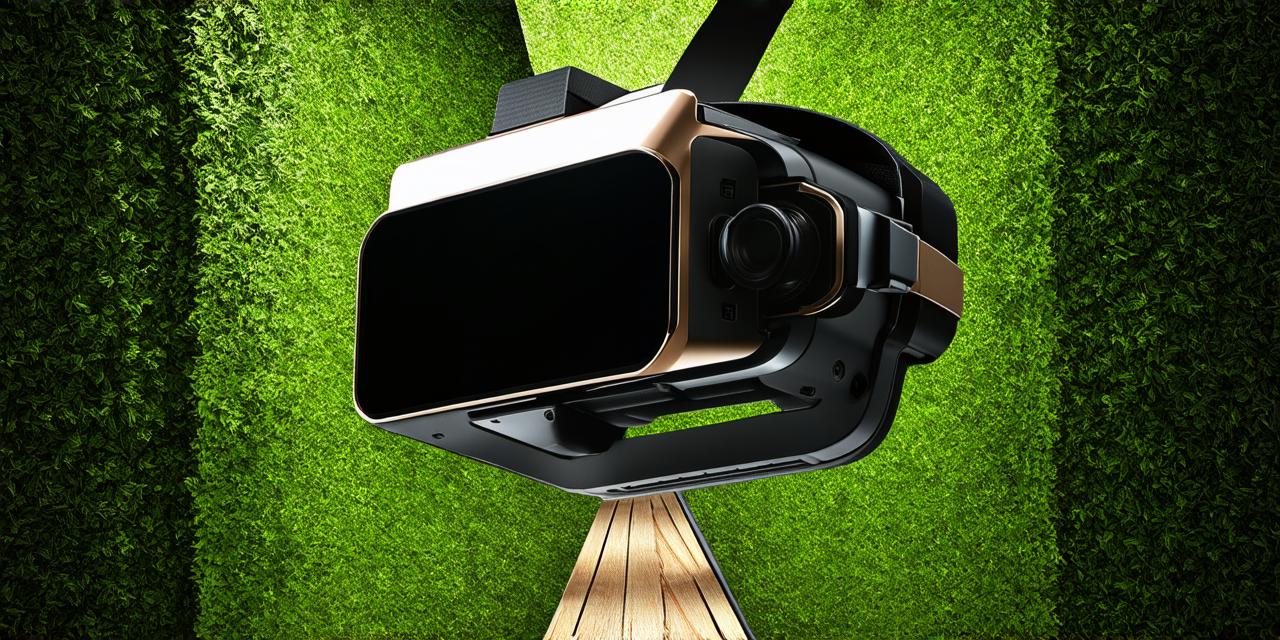Virtual reality (VR) technology has been rapidly advancing over the past few years, and it’s now possible for anyone with a computer and some basic equipment to create their own VR experiences. In this article, we will provide you with an overview of the steps involved in creating VR experiences, as well as some tips and best practices to help you get started.

1. Choose Your Platform
The first step in creating a VR experience is to choose your platform. There are several different options available, including Oculus Rift, HTC Vive, PlayStation VR, and Samsung Gear VR. Each of these platforms has its own strengths and weaknesses, so it’s important to research them before making a decision.
2. Choose Your Software
Once you have chosen your platform, the next step is to choose your software. There are many different software options available for creating VR experiences, including Unity, Unreal Engine, A-Frame, and WebVR. Each of these software options has its own strengths and weaknesses, so it’s important to research them before making a decision.
3. Create Your Environment
The next step in creating a VR experience is to create your environment. This involves designing the 3D space that users will interact with within the virtual world. There are many tools available for creating 3D models and environments, including Blender, Maya, and 3DS Max.
4. Add Interactivity
Once you have created your environment, the next step is to add interactivity. This involves adding elements that users can interact with within the virtual world, such as buttons, levers, and switches. There are many tools available for creating interactive objects, including Unity’s built-in physics engine and A-Frame’s component system.
5. Add Audio
Adding audio to your VR experience is an important step in creating a fully immersive environment. This involves adding background music, sound effects, and other audio elements that enhance the user’s experience. There are many tools available for creating and editing audio, including Audacity and GarageBand.
6. Test and Refine
Once you have created your VR experience, it’s important to test and refine it. This involves trying out the experience yourself, as well as getting feedback from other users. There are many tools available for testing and debugging VR experiences, including Unity’s built-in debugger and Oculus SDK’s testing framework.
Tips and Best Practices
Here are some tips and best practices to keep in mind when creating VR experiences:
* Keep the user in mind at all times. When designing your environment and adding interactivity, think about how the user will interact with it and what their goals might be.
* Use motion sickness-inducing elements sparingly. Some users may experience motion sickness when using VR technology, so it’s important to use elements that could induce this effect (such as fast-paced movements or spinning objects) sparingly.
* Optimize your experience for performance. VR experiences can be demanding on hardware, so it’s important to optimize your experience for performance to ensure a smooth and seamless user experience.
* Test on multiple platforms. If possible, test your VR experience on multiple platforms to ensure that it works properly and provides a good user experience across all devices.
In conclusion, creating virtual reality experiences can be a fun and rewarding process. By following these steps and keeping these tips in mind, you can create an engaging and immersive experience that users will love.
